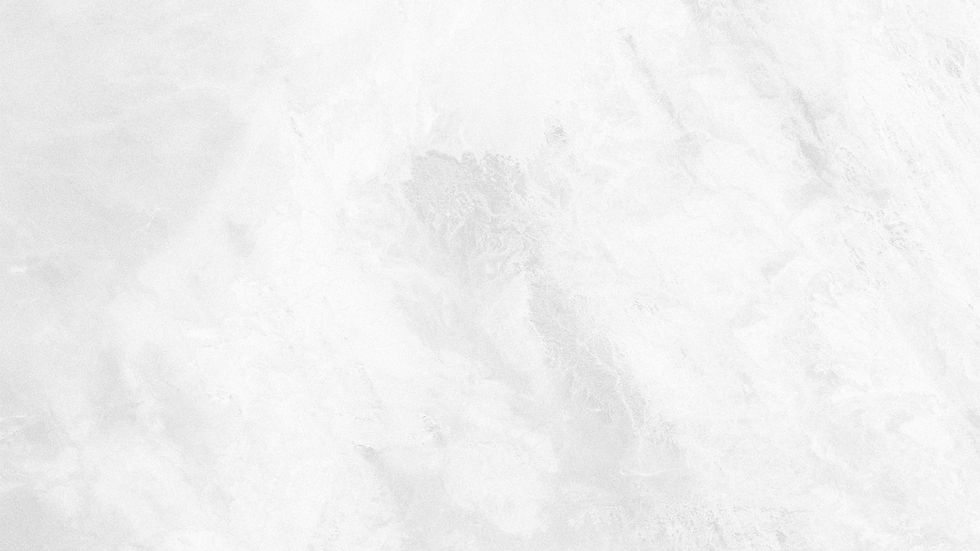
Abdominoplasty Categories
When I help patients decide what procedure best fits their needs, I start with categorizing a person by their situation.
People who have not had substantial weight changes, or low weight change patients, can improve their abdominal area using liposuction or some typical version of an abdominoplasty.
People who have had substantial weight changes, or high weight change patients, need more formal procedures such as a panniculectomy or a corset abdominoplasty.
The benefits and limitations of each procedure by category are discusseed below.
Low Weight Change Patient
1. Liposuction (SAL or Suction Assisted Lipectomy)
- Sufficient to address stubborn areas of excess fat such as the lower abdomen, sides of the abdomen ("love handles"), and the upper abdomen
- Saline containing lidocaine and epinephrine are introduced to minimized blood loss, maximize sculpting of the areas, and optimize recovery.
- Performed using thin metal tubes called cannulas and small scars remain well hidden
- May cause worsening of loose skin; does not repair separation of the rectus abdominis muscles (called "rectus diastasis" or separation)
2. Mini abdominoplasty
- Sometimes combined with liposuction
- Tightening of the abdominal wall below the umbilicus ("belly button")
- Incision across the lower abdomen
- The umbilicus is not adjusted
3. Saldahna lipoabdominoplasty
- Combined liposuction and abdominoplasty
- Liposuction of the abdomen
- Tightening of the upper and lower abdominal wall
- Incision around the umbilicus and repositioning
- Incision across the lower abdomen
High Weight Change Patient
1. Panniculectomy
- Wedge excision of the lower abdominal fat and skin
- Primarily used to prevent rashes
- Incision only across the lower abdomen
2. Corset Abdominoplasty
- In effect, this is a three directional abdominoplasty
- Excess fat and skin are first excised toward the midline
- Tightening of the abdominal wall
- Excess fat and skin are then excised superiorly up to the chest or breasts
- Excess fat and skin are then excised inferiorly across the lower abdomen
- Sometimes a monsplasty (excess tissue removal above the genitals) is also peformed
- Liposuction is not performed
- Scars are under the chest or breasts, down the midline, around the umbilicus, across the lower abdomen, and down the midline to the genitals if a monsplasty is performed